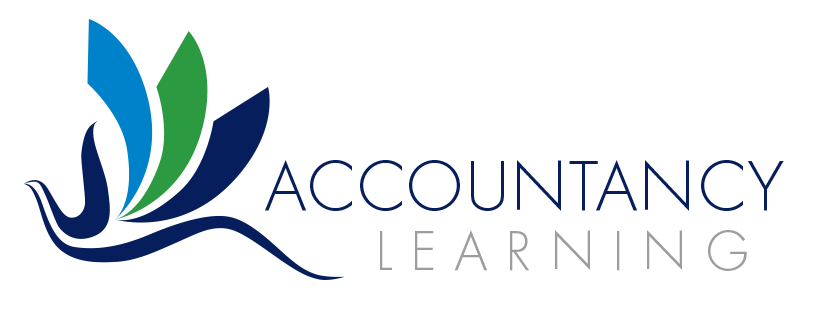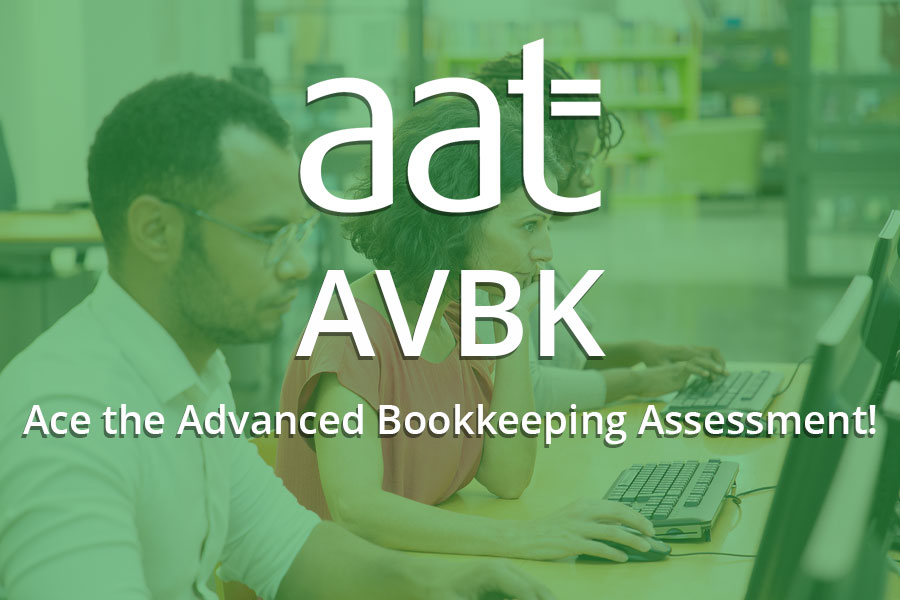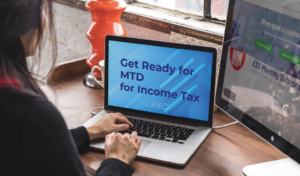AAT AVBK – A bit of a facer?
If you have recently finished your Level 2, you may find AAT AVBK (Advanced Bookkeeping) a bit of a facer:
90 recommended study hours?
And what on Earth are Accruals? Or Prepayments?
But do not worry, with a good study plan you will get there!
My tip for that is to write the study hour numbers 1-90 on an A4 sheet of paper and literally sign them off one by one with the date you did them on. This takes account of the fact that not all days/weeks are the same and you are much less likely to cheat!
I first started on the Moodle presentations, then after each chunk I read through the relevant chapter in the book and did the exercises. The beginning is a bit of a recap of entry-level bookkeeping, but don’t skip it. Give it your full attention, do all the quizzes, and check up on things you got wrong. Be aware that it gets harder soon!
Do your very best on the Prep tests to really gain from the experience. Tutor feedback is much more valuable if it fills in any real gaps in your understanding rather than just picking up your slack for shoddy working.
Once you get onto Accruals and Prepayments, if this is all new territory for you, make sure you give your brain enough time to assimilate all this new information. Think it through carefully, take lots of notes, talk it through with a friend. And make sure you ask your tutor, they are happy to explain the matter in their own words, which gives you an additional handle on this tricky subject.
The all-important question here is: which accounting period does this Expense or this Income belong in? Once you understand this, you’ll see that Accruals and Prepayments are simply a way of grabbing this money from, or shovelling it across into, the following accounting period.
Depreciation is much more straightforward. Just note the different types and then get practising on some examples. Make sure you investigate any mistakes and try to get to the bottom of why your answer was wrong. Remember that there is a £0 carrying amount if we are disposing of the asset!
The Allowance for Doubtful Debts can be another tricky one. As we are in double-entry bookkeeping, this has two sides: we record the Expense (or increase/reduction in Expense) in the Adjustment account, which will go to the SPL. And we show the total allowance in the SFP, where it balances the SLCA, thus reducing the Asset.
Don’t forget to go to the AAT website and do their Green-Light tests and their online Practice Assessments. Once again, investigate any errors, check their explanations and take notes! Do all the tests more than once, trying to improve your score each time.
When you have worked through the materials, I would strongly recommend you give yourself another ten days for some power revision. Things will become clearer, and you will be able to whittle down your list of mistakes as you understand more of the material.
For the actual AVBK exam, make sure you prepare a last-minute check-list, made up from your list of mistakes and some other important points. Tricky bits like “depreciation per month or per year?” and “trade-in allowance is a DR in the Asset at cost account” should definitely go in.
On the whole, I found AVBK to be a lovely unit, quite “nuts-and-bolts” straightforward and very satisfying. I hope that, with time and practice, you will come to enjoy it too.
All the best with your studying and good luck for the exam!
“This blog was written by our very own Marion Watson the day after scoring 100% in her AAT AVBK exam – huge congratulations Marion, an amazing achievement!”
(More about Marion here!)






